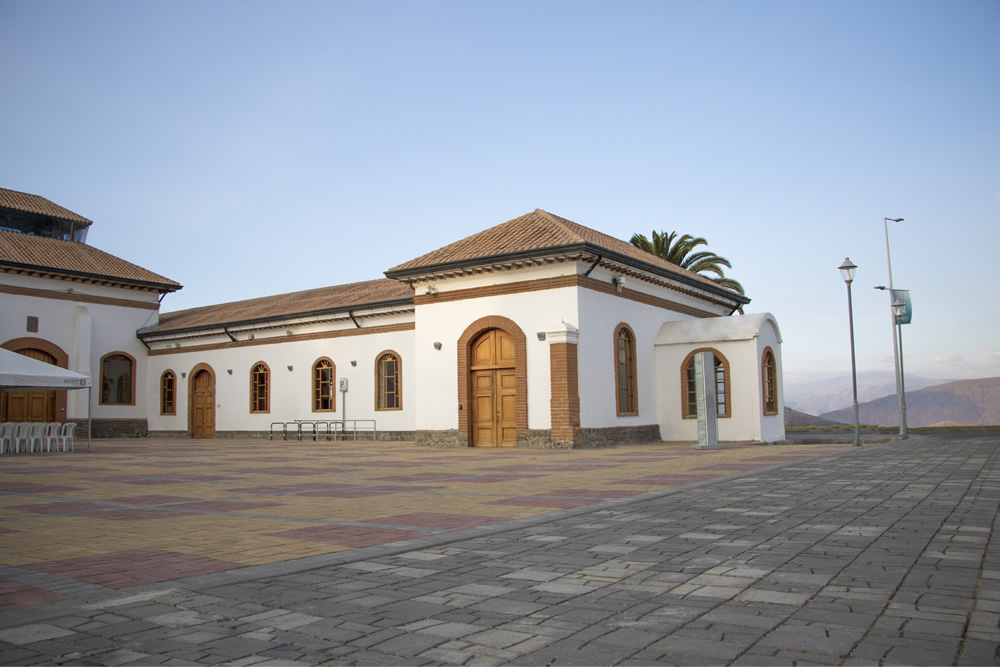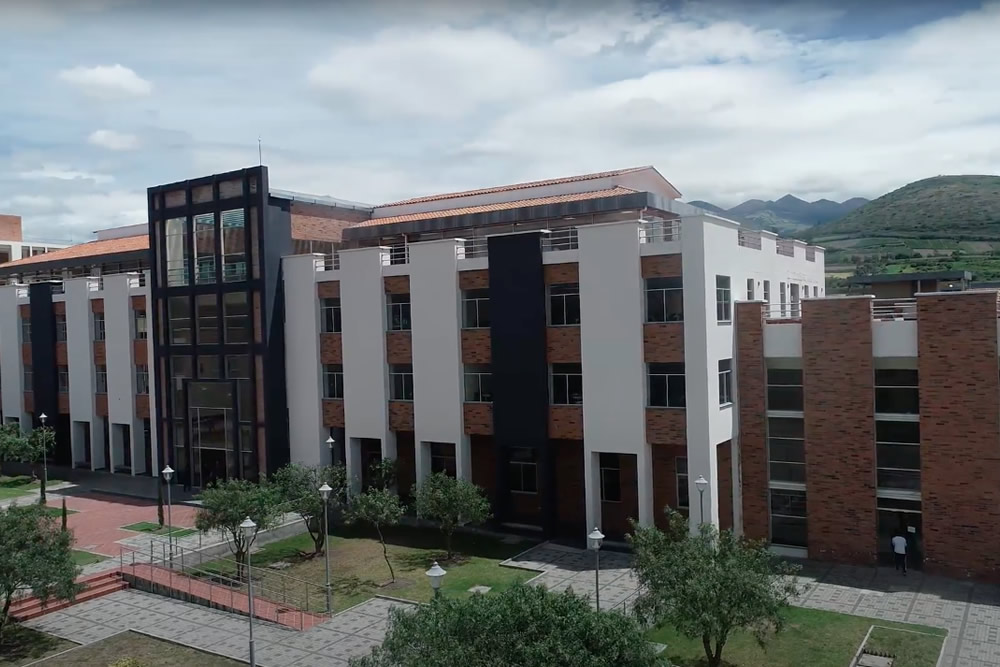Detalles MARC
| 000 -CABECERA |
|---|
| campo de control de longitud fija |
02715cam a2200265 a 4500 |
| 001 - NÚMERO DE CONTROL |
|---|
| campo de control |
17153817 |
| 003 - IDENTIFICADOR DEL NÚMERO DE CONTROL |
|---|
| campo de control |
OSt |
| 005 - FECHA Y HORA DE LA ÚLTIMA TRANSACCIÓN |
|---|
| campo de control |
20150428143529.0 |
| 008 - DATOS DE LONGITUD FIJA--INFORMACIÓN GENERAL |
|---|
| campo de control de longitud fija |
120208s2012 njua b 001 0 eng |
| 020 ## - NÚMERO INTERNACIONAL ESTÁNDAR DEL LIBRO |
|---|
| Número Internacional Estándar del Libro |
9781118091395 |
| 040 ## - FUENTE DE LA CATALOGACIÓN |
|---|
| Centro catalogador/agencia de origen |
DLC |
| Centro/agencia transcriptor |
DLC |
| Centro/agencia modificador |
DLC |
| 042 ## - CÓDIGO DE AUTENTICACIÓN |
|---|
| Código de autenticación |
pcc |
| 050 00 - SIGNATURA TOPOGRÁFICA DE LA BIBLIOTECA DEL CONGRESO |
|---|
| Número de clasificación |
QA214 |
| Número de documento/Ítem |
.N49 2012 |
| 082 00 - NÚMERO DE LA CLASIFICACIÓN DECIMAL DEWEY |
|---|
| Número de clasificación |
512.32 |
| 084 ## - OTRO NÚMERO DE CLASIFICACIÓN |
|---|
| Número de clasificación |
MAT003000 |
| Fuente del número |
bisacsh |
| 100 1# - ENTRADA PRINCIPAL--NOMBRE DE PERSONA |
|---|
| Nombre de persona |
Newman, Stephen C., |
| Fechas asociadas al nombre |
1952- |
| 245 12 - MENCIÓN DE TÍTULO |
|---|
| Título |
A classical introduction to Galois theory / |
| Mención de responsabilidad, etc. |
Stephen C. Newman. |
| 260 ## - PUBLICACIÓN, DISTRIBUCIÓN, ETC. (PIE DE IMPRENTA) |
|---|
| Lugar de publicación, distribución, etc. |
Hoboken, N.J. : |
| Nombre del editor, distribuidor, etc. |
Wiley, |
| Fecha de publicación, distribución, etc. |
2012. |
| 300 ## - DESCRIPCIÓN FÍSICA |
|---|
| Extensión |
xii, 284 p. : |
| Otras características físicas |
ill. ; |
| Dimensiones |
25 cm. |
| 504 ## - NOTA DE BIBLIOGRAFÍA, ETC. |
|---|
| Bibliografía, etc. |
Includes bibliographical references (p. 277-279) index. |
| 520 ## - SUMARIO, ETC. |
|---|
| Sumario, etc. |
"This book provides an introduction to Galois theory and focuses on one central theme - the solvability of polynomials by radicals. Both classical and modern approaches to the subject are described in turn in order to have the former (which is relatively concrete and computational) provide motivation for the latter (which can be quite abstract). The theme of the book is historically the reason that Galois theory was created, and it continues to provide a platform for exploring both classical and modern concepts. This book examines a number of problems arising in the area of classical mathematics, and a fundamental question to be considered is: For a given polynomial equation (over a given field), does a solution in terms of radicals exist? That the need to investigate the very existence of a solution is perhaps surprising and invites an overview of the history of mathematics. The classical material within the book includes theorems on polynomials, fields, and groups due to such luminaries as Gauss, Kronecker, Lagrange, Ruffini and, of course, Galois. These results figured prominently in earlier expositions of Galois theory, but seem to have gone out of fashion. This is unfortunate since, aside from being of intrinsic mathematical interest, such material provides powerful motivation for the more modern treatment of Galois theory presented later in the book. Over the course of the book, three versions of the Impossibility Theorem are presented: the first relies entirely on polynomials and fields, the second incorporates a limited amount of group theory, and the third takes full advantage of modern Galois theory. This progression through methods that involve more and more group theory characterizes the first part of the book. The latter part of the book is devoted to topics that illustrate the power of Galois theory as a computational tool, but once again in the context of solvability of polynomial equations by radicals"-- |
| 650 #0 - PUNTO DE ACCESO ADICIONAL DE MATERIA--TÉRMINO DE MATERIA |
|---|
| Término de materia o nombre geográfico como elemento inicial |
Galois theory. |
| 650 #7 - PUNTO DE ACCESO ADICIONAL DE MATERIA--TÉRMINO DE MATERIA |
|---|
| Término de materia o nombre geográfico como elemento inicial |
MATHEMATICS / Applied. |
| Fuente del encabezamiento o término |
bisacsh |
| 942 ## - ELEMENTOS DE PUNTO DE ACCESO ADICIONAL (KOHA) |
|---|
| Fuente del sistema de clasificación o colocación |
Clasificación Decimal Dewey |
| Tipo de ítem Koha |
Colección general |
| 999 ## - NÚMEROS DE CONTROL DE SISTEMA (KOHA) |
|---|
| Koha biblionumber |
638 |



